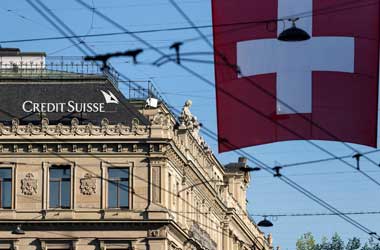 The new global code for the foreign exchange market may need to be updated just months after its introduction. Chris Salmon, executive director for markets at the Bank of England (BoE) has said that the section dealing with the practice of last look in the code may need to be updated to avoid misuse.
The new global code for the foreign exchange market may need to be updated just months after its introduction. Chris Salmon, executive director for markets at the Bank of England (BoE) has said that the section dealing with the practice of last look in the code may need to be updated to avoid misuse.
The last look feature allows traders to reject a trade at the last minute. The new code was developed and adopted voluntarily in order to guide the $5 trillion per day foreign exchange market after a series of scandals rocked the industry in recent years.
The FX Working Group was set up in 2015 with central banks and market participants across 16 jurisdictions agreeing to work together to introduce a global forex code to enhance transparency and integrity in trading transactions. The FX Global Code was launched on 25 May 2017 and the public consultation period remains open till September 2017.
Association for Financial Markets in Europe (AFME)
The Code includes 55 detailed principles which are grouped under 6 separate principles: Ethics, Governance, Information Sharing, Execution, Confirmation and Settlement processes.
Chris Salmon was speaking at an industry conference in Barcelona, Spain and highlighted the last look feature stating that it had the potential for misuse. The Code currently doesn’t ban the practice but requires market participants to be transparent with respect to its usage.
In a statement Salmon said
If we can identify specific, legitimate, uses of this type of trading activity, as well as the already well-known illegitimate uses, we can then cater for both within the Code. But if the evidence suggests that trading in the last look window is simply inconsistent with good conduct, this section of the Code will need to be updated accordingly.
The last look provision has always been a controversial topic for the foreign exchange industry. The practice allows market makers to withdraw from a trade after gaining information regarding the counter party’s intentions from the proposed transaction. It is not considered a good market practice since it can tip off the market about the client’s transactions and will constitute the use of confidential information in case the trade is rejected for any reason.
There are others who are also against the use of the last look clause stating that it was not essential for risk management but others have positive remarks stating that it can be helpful for maintaining liquidity in the market and for pricing




